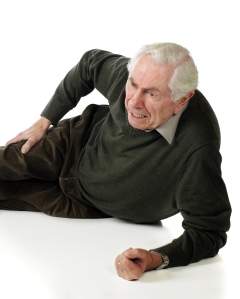Professor Pat Schofield leads research around pain, ageing and dementia at the University of Greenwich. She is the Chair of the Pain in Older People SIG at the British Pain Society. She describes the development and initial trial of a new Pain App that is targeted at frail, older patients. This has been re-blogged from the British Geriatrics Society blog
Pain in the older population is a common problem, and can be under-recognised and under-treated. Recent prevalence studies suggest that chronic pain exists in over 50% of community dwelling older adults and this increases to over 80% when we look at those living in long term care. We also know that the incidence of dementia in the UK and the rest of the world is high and set to increase significantly over the next 20 years. Continue reading





